Accept the dark life
The common ground in all Goths is appreciating dark and mysterious things.
Goth subculture is an often misjudged expressive and diverse subculture. Originating in the late-1970s, the Goth subculture is a sum of fashion styles, musical tastes, preferences, perspectives on life, and belief systems that find beauty in the dark, mysterious, and morbid. .
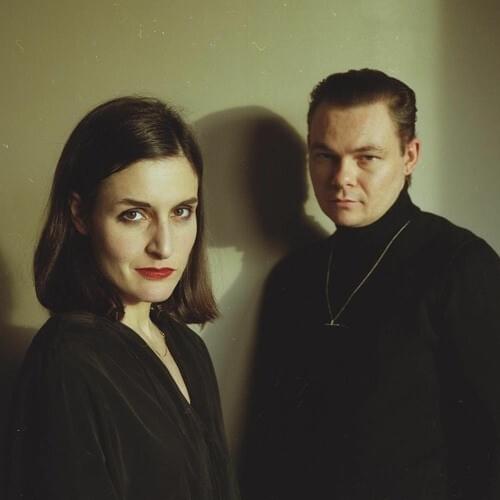
Coldwave
Cold wave is a music genre that is characterized by its detached lyrical tone, use of early electronic music instruments and a minimalist approach and style.
View →

Neue Deutsche Härte
Neue Deutsche Härte describes a style that is influenced by Neue Deutsche Welle, alternative metal and groove metal,with elements from electro-industrial and techno.
View →
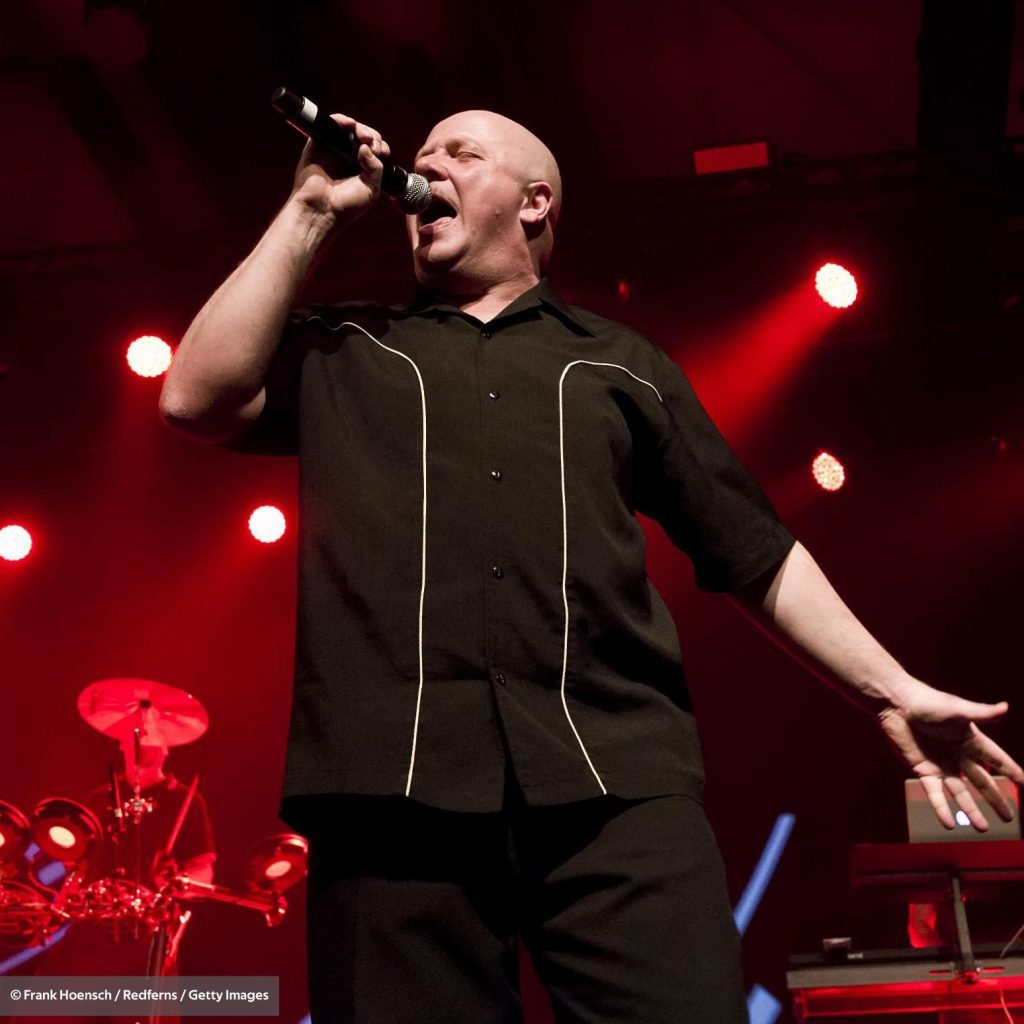
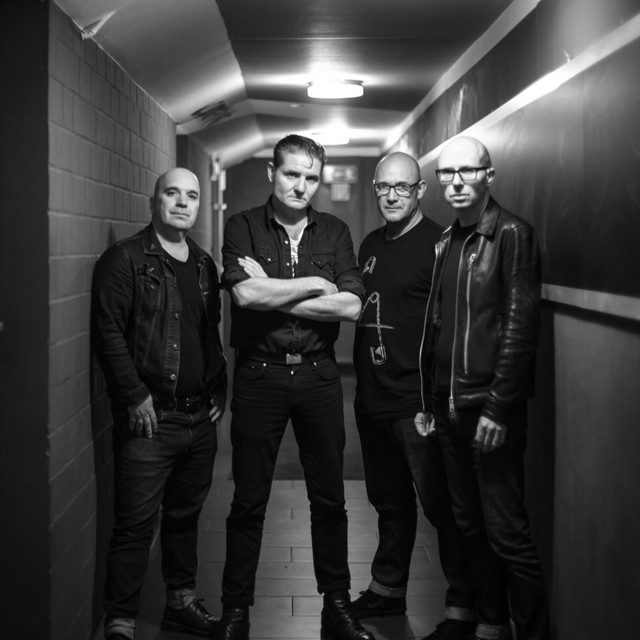
EBM
Electronic body music (EBM) is a genre of electronic music that combines elements of industrial music and synth-punk with elements of dance music.
View →
From Whispers of the Past to Tales Untold, Gothic Legends Unfold
Goth music is a genre shrouded in mystery, much like the fog-drenched cemeteries and candlelit crypts it so often invokes. The term itself was first uttered in 1967 by legendary music critic John Stickney, who described Jim Morrison’s poetic broodings as “Gothic rock.” Though The Doors were hardly goth in the way we recognize today, their dark romanticism and eerie lyricism certainly set a foundation for what was to come. But where did goth music truly begin? Buckle up your black combat boots, slap on some eyeliner, and let’s take a trip through the evolution of goth music—from its punk roots to its modern-day manifestations.

In Darkness We Find Beauty, in Gothic We Find Ourselves
Let’s travel back to 1983. A time when London’s Batcave club was in its infancy. There, the aesthetics of goth were cultivated—a love for horror movies and Gothic novels, a sickly pallor and a koosh ball of hair, pointy winklepickers and a mish-mash of fetish materials, and most of all, a romance with melancholy. ‘83 was also the year that vampire-thriller The Hunger, co-starring David Bowie, hit the big screens. Vampires, Bowie, Bauhaus – it was the perfect trifecta, beautifully bound in an orgy of tragic eternity.
Out of the late 70s emerged a throng of people wearing black clothes and heavy makeup– UK music critics watched, baffled, as people like Siouxsie Sioux crawl on stage in chunky boots and hair worn in spikes to howl into the microphone about love and death. What were they supposed to call these people? It wasn’t quite punk, like The Sex Pistols, and it wasn’t quite rock or metal, like Black Sabbath, but instead it was its own genre–dark, broody, and poetic. The era of punk was over and this new genre was emerging with supernatural feels. People were calling these darker sounds goth music. Enter bands like The Cure, Joy Division, The Cramps, Sisters of Mercy and so much more. Punk rock was over and the new dark wave was taking over.
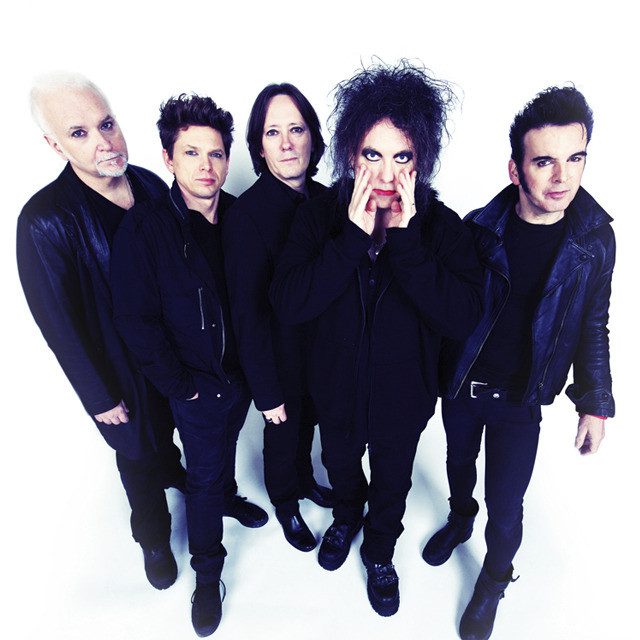
How It Started
The goth genre of music developed a multitude of subcultures, with some bands falling under several. One being dark wave. This subculture was a crucial part of the development of goth music and tends to be what people think of first when they hear the words “goth music.” The Cure is one of the most widely known goth bands, with their synthesizer choruses and Robert Smith’s unique voice– other bands that fall under this category could be Joy Division, Cocteau Twins, and New Order– dark wave evolved from the new wave genre, and stays true to minor keys, and dark, romantic lyrics. The goth rock subculture grew exponentially in the 1980’s (and started to catch people’s attention) with Siouxsie and the Banshees, Bauhaus, and Sisters of Mercy at the forefront. The first goth club opened in London, 1982, due to the growing fascination with this eccentric group of people.
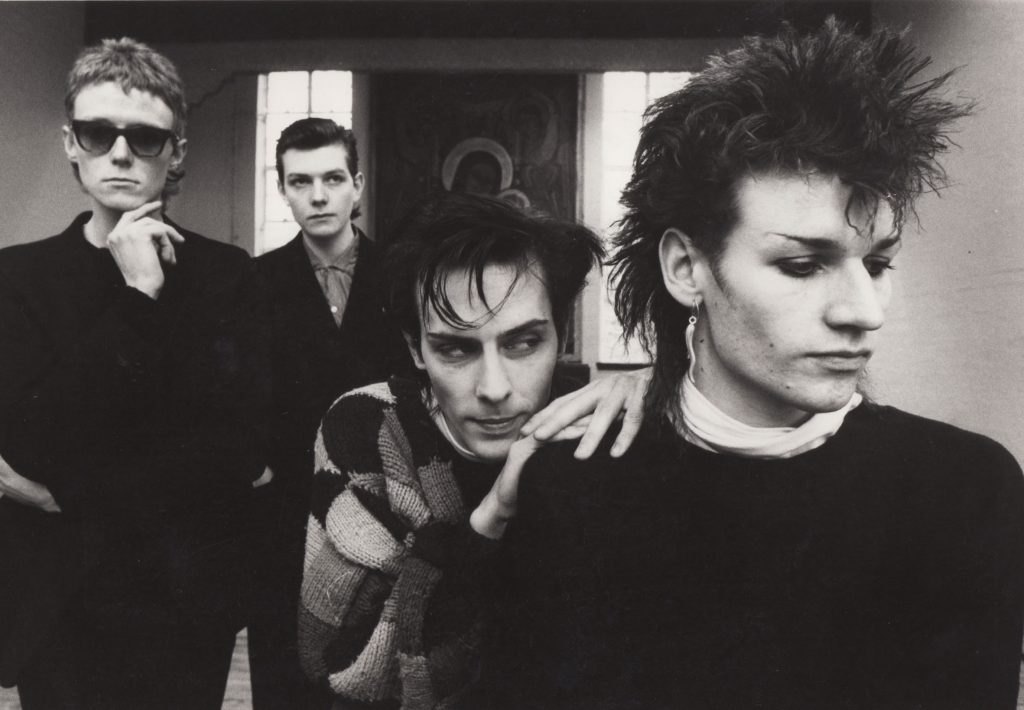
The Dark Wave
Dark wave and goth music lives on to this day, sometimes referred to as nu-goth. Some of our classic bands are still making music (The Cure’s “Songs Of A Lost World” comes out November first!), along with new bands who strive to carry on the legacy left by those who came before. Bands like Gene Loves Jezebel, Twin Tribes, and Panic Priest tap into the sounds that so many know and love. With the goth culture gaining popularity in modern times, it’s important to note that the goth subculture has always been largely music based– a lack of black clothes and winged eyeliner isn’t as important as appreciating the unique artistry that musicians have been bringing to the stage for decades.

Modern Goth
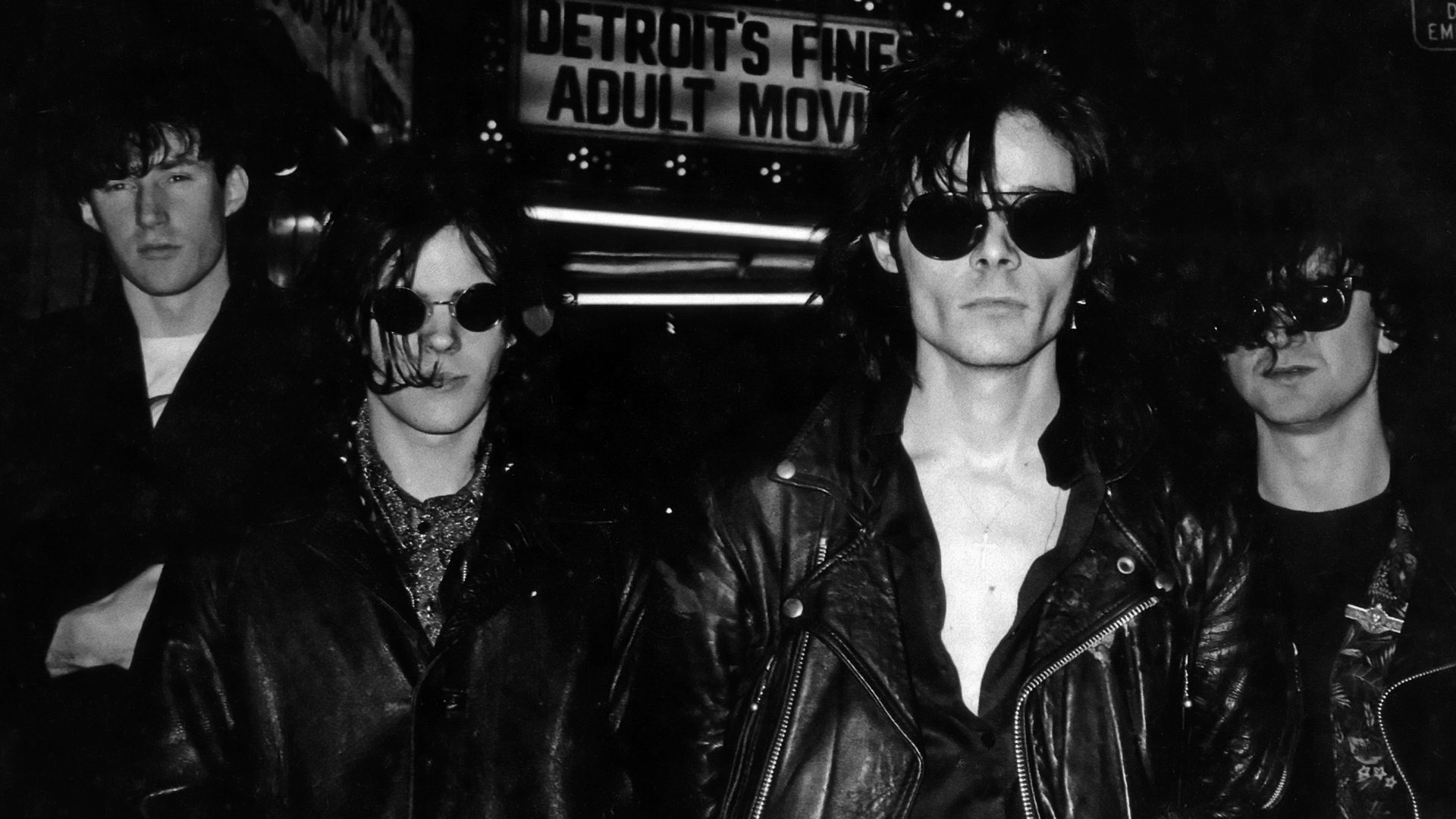
Dare To Be Different
Step Into the Gothic Realm, Let It Consume You. Listen To Absolution Radio Where Dreams and Nightmares Collide.
🌍 Listen to Absolution Radio today!
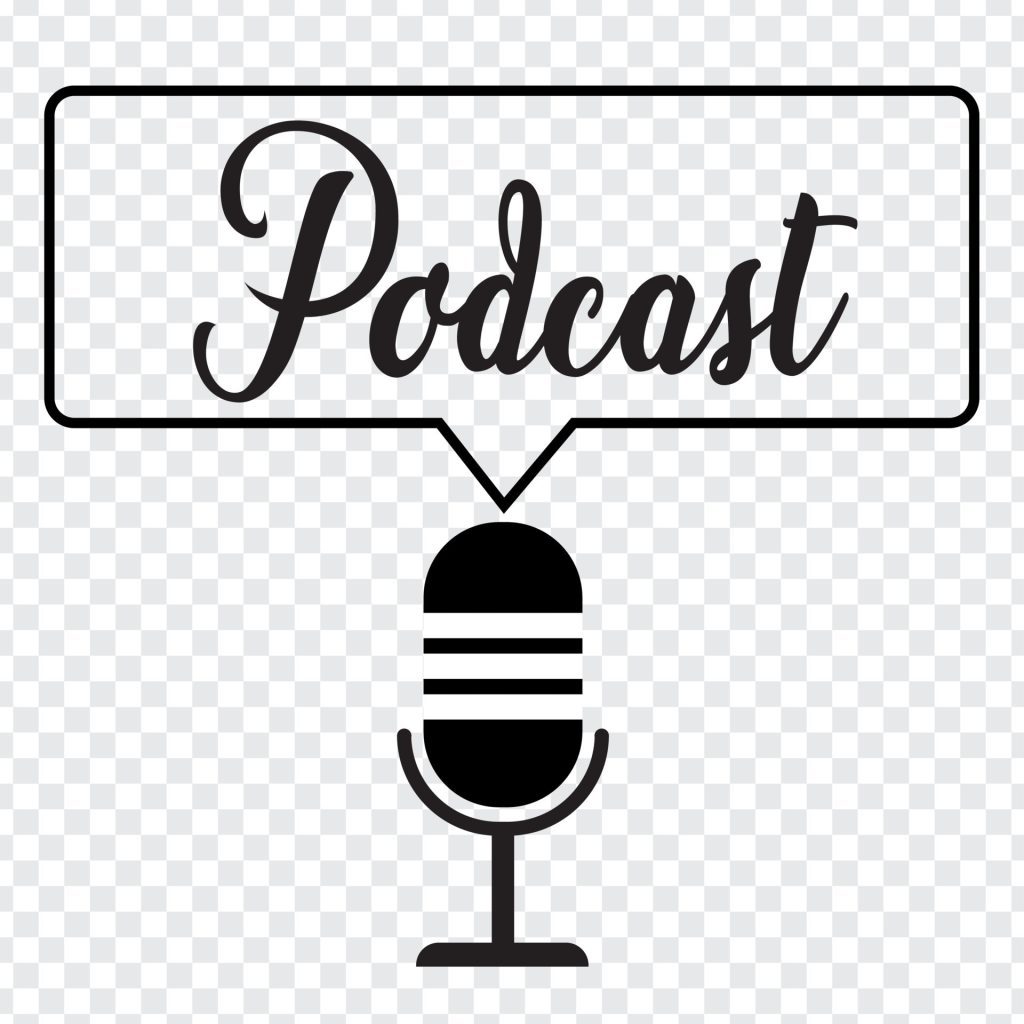
Absolution Radio Podcasts
Playing a variety of genres, Goth, Dark Wave, Post-Punk, EBM, Industrial, Dark Electro, Punk, Dark Synthop, Dark Electropop and others. We stream commercial free 24/7 dark melodic tunes for the Gothic scene (schwarze-szene) and its subgenres. Playing the latest hits to classic tracks.
Listen to Podcasts →

Absolution Radio Video Chart
The top modern goth tracks, ranked by relevance to this genre and popularity on Absolution Radio, and Absolution Podcasts.





